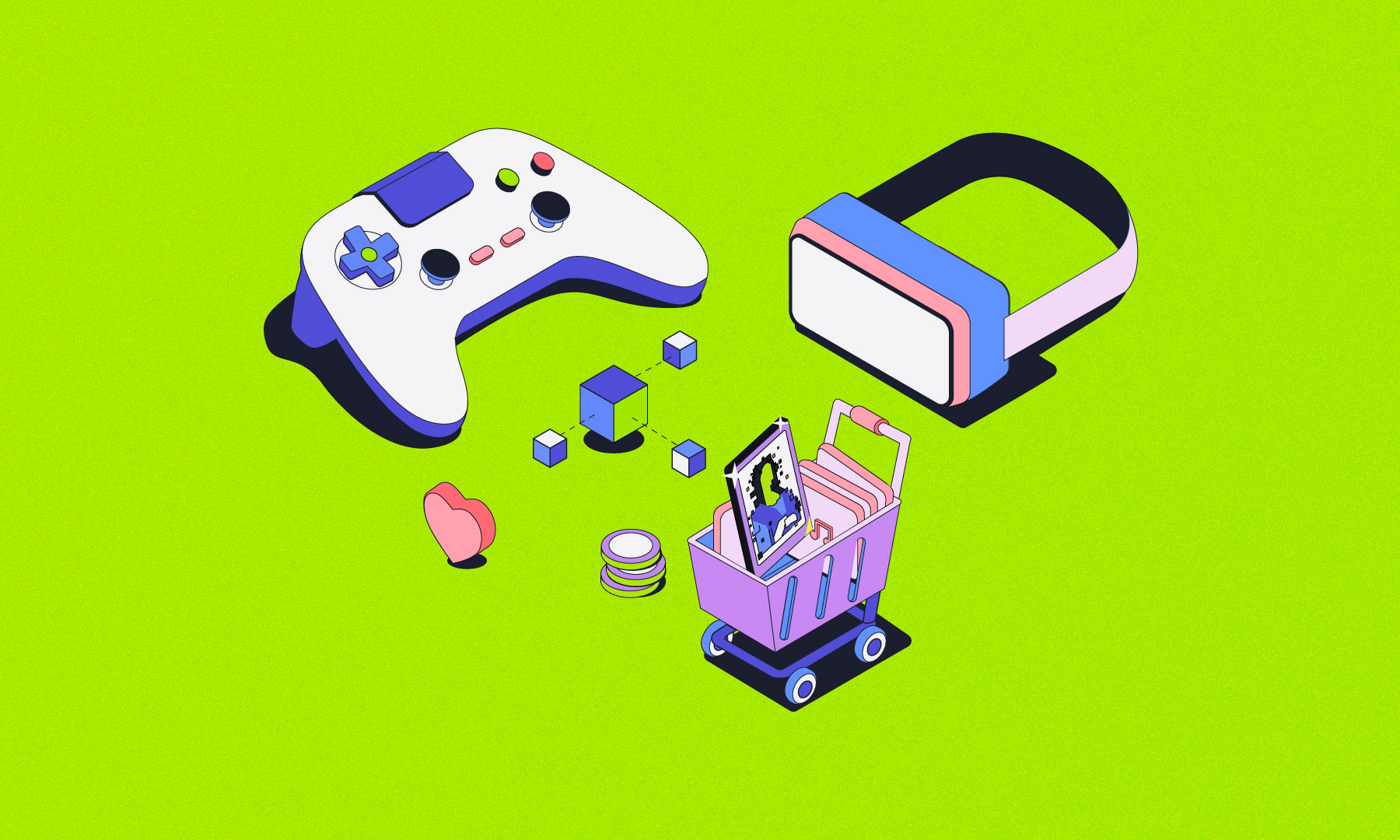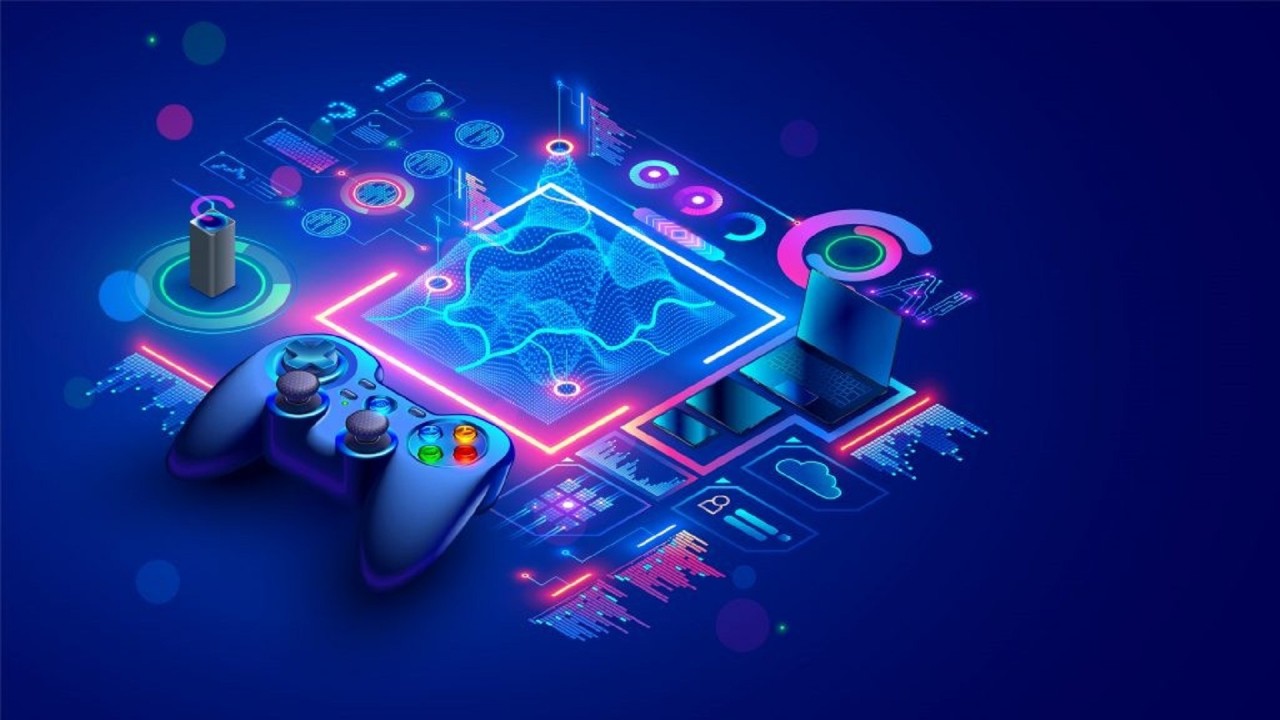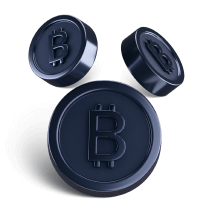Gaming has come a long way since its humble beginnings as a source of simple entertainment. From pixelated adventures on arcade machines to immersive virtual realities, the gaming industry has consistently pushed technological boundaries. But the future holds an even greater revolution. Enter Play-to-Earn (P2E) gaming—a model that combines blockchain technology with gaming to create new opportunities for players and developers alike. This blog delves into the “Future of Gaming: P2E Explained,” highlighting its transformative potential.
Understanding P2E: A New Era of Gaming
The term “Play-to-Earn” is as revolutionary as it sounds. Unlike traditional gaming models where players invest time and money without tangible returns, P2E introduces a paradigm shift. It allows gamers to earn real-world value through their in-game efforts.
P2E gaming leverages blockchain technology, enabling secure, transparent, and decentralized transactions. Players earn cryptocurrency, such as SRP Coin, by completing missions, winning battles, or achieving milestones. This income-generating aspect sets P2E apart, paving the way for the “Future of Gaming: P2E Explained.”
How P2E Works in the Gaming Ecosystem
P2E games operate on blockchain networks, where every in-game asset is tokenized. Here’s how it works:
- Earning Tokens: Players earn cryptocurrency by completing objectives or trading assets. These rewards are not just numbers on a screen but hold real-world value.
- In-Game Assets as NFTs: Items such as weapons, skins, and characters are minted as NFTs (Non-Fungible Tokens). These are unique, tradeable, and fully owned by the players.
- Financial Model: Developers build token economies that reward both casual players and dedicated enthusiasts. This ecosystem ensures mutual benefit for developers and players alike.
SRP Coin’s Vision for P2E Gaming
SRP Coin is at the forefront of this gaming revolution. Designed for the P2E ecosystem, SRP Coin brings security, scalability, and real-world utility to gamers and developers.
By integrating blockchain technology, SRP Coin ensures that players enjoy a seamless and transparent gaming experience. With features such as secure transactions and decentralized asset management, SRP Coin is the backbone of the “Future of Gaming: P2E Explained.”
Benefits of P2E Gaming for Players and Developers
For Players:
- True Ownership of Assets: In traditional games, players’ purchases are confined to the game’s ecosystem. With P2E, assets are owned and transferable, giving players full control.
- Income Opportunities: P2E games transform gaming from a hobby into a potential livelihood. Players can monetize their skills, contributing to the growing gaming economy.
- Community-Driven Development: Blockchain technology encourages decentralized decision-making, empowering gaming communities to shape their favorite games.
For Developers:
- Monetization Through Decentralization: P2E games open up new revenue streams, from token economies to NFT marketplaces.
- Building Loyal Communities: Engaging players as stakeholders fosters a more invested and loyal gaming community.
Challenges in P2E Gaming
While the “Future of Gaming: P2E Explained” holds immense promise, it’s not without challenges:
- Accessibility: Not all players are familiar with blockchain technology. Bridging the gap between traditional gamers and blockchain is crucial.
- Scalability: Managing millions of transactions on blockchain networks demands robust infrastructure.
- Regulation and Market Stability: The volatile nature of cryptocurrencies and the lack of standardized regulations present hurdles for widespread adoption.
How SRP Coin Addresses These Challenges
SRP Coin is designed to tackle these challenges head-on:
- Simplifying Blockchain Adoption: By providing user-friendly platforms, SRP Coin makes blockchain gaming accessible to all players.
- Leveraging Decentralized Physical Infrastructure Networks (DePIN): SRP Coin uses DePIN to handle high transaction volumes, ensuring a smooth and scalable gaming experience.
- Ensuring Market Stability: Through a well-structured token economy, SRP Coin minimizes volatility and fosters trust in its ecosystem.
Future Trends in P2E Gaming
The future of P2E gaming is not just bright but transformative. Here are some trends to watch:
- Integration of AI and Immersive Technologies: Combining P2E with AI, VR, and AR will make gaming more interactive and rewarding.
- Interoperability of Gaming Assets: Imagine using your SRP Coin rewards across multiple games and platforms. This interoperability is the next big step.
- Expanding Gaming Economy: Beyond gaming, P2E will influence real-world sectors such as e-commerce and education.
Why SRP Coin is the Token to Watch in P2E Gaming
SRP Coin stands out as a game-changer in the P2E landscape. Here’s why:
- Seamless Integration: SRP Coin bridges the gap between gaming and blockchain with ease.
- Unique Features: Its secure, scalable, and community-driven model ensures long-term sustainability.
- Future-Ready Vision: SRP Coin’s roadmap includes expanding its utility across various industries, further solidifying its position in the “Future of Gaming: P2E Explained.”
Conclusion
The “Future of Gaming: P2E Explained” is not just about earning money through games; it’s about reshaping the entire gaming industry. With blockchain and cryptocurrencies like SRP Coin leading the way, P2E gaming offers unparalleled opportunities for players and developers alike.
As the gaming world continues to evolve, SRP Coin’s innovative approach to P2E ensures that players aren’t just participants but true stakeholders. The future is here, and it’s Play-to-Earn. Join the revolution and experience gaming like never before.

 China
China Russia
Russia India
India










1 Comment
Excellent article. Sharing this with my colleagues.